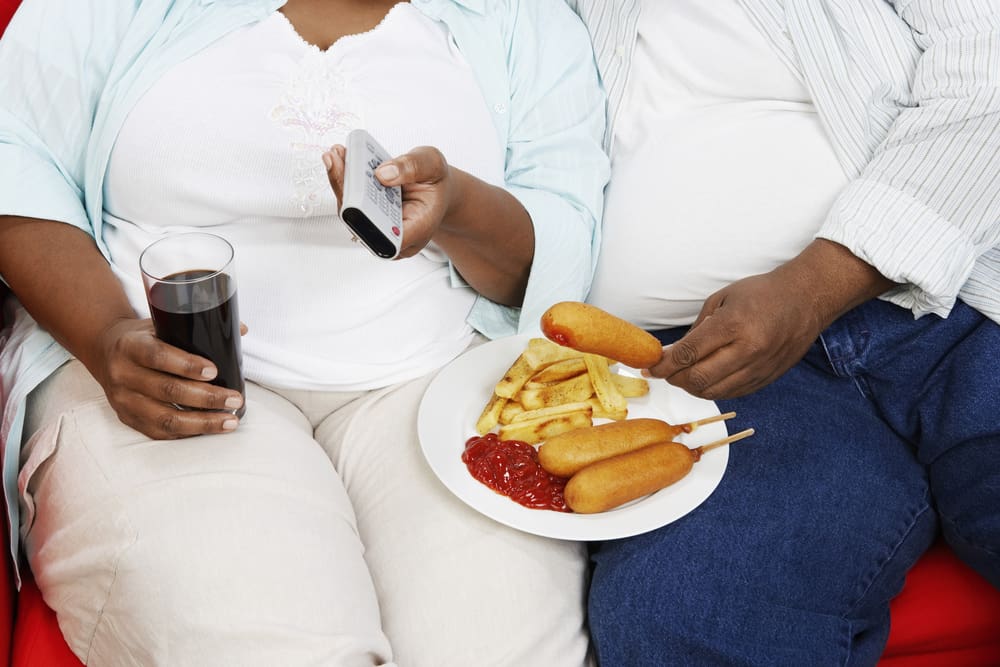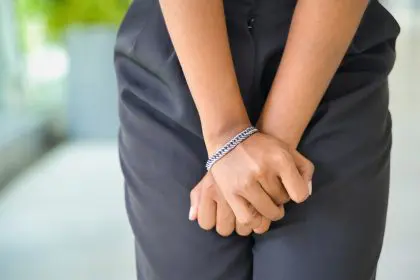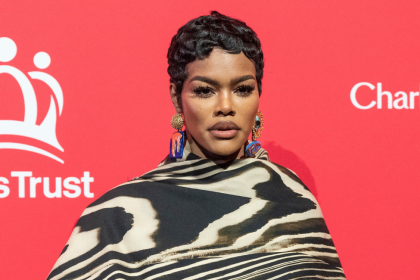In an age where appearance often trumps comfort, many resort to using specific types of clothing to conceal areas of their body they feel self-conscious about. One common focus is the stomach, where both people might feel pressured to appear slimmer. While this might seem like a harmless aesthetic choice, relying on clothing to conceal your stomach can have unforeseen health implications. This article delves into the various health issues associated with this practice, offering a deeper understanding and urging a shift toward healthier alternatives.
The role of compression garments
Compression wear and circulation: Compression garments are often touted for their ability to shape and slim the body, particularly the stomach area. These garments are designed to tightly fit and reduce the appearance of bulges. However, while they can offer an immediately slimmer look, they also pose risks to blood circulation. Wearing compression clothing for extended periods can lead to decreased blood flow, potentially resulting in numbness and tingling in the lower extremities.
Impact on digestive health: Beyond circulation, the digestive system can also be affected by tight clothing. Garments that constrict the waist and abdominal area can lead to issues like acid reflux, as they increase intra-abdominal pressure and can force stomach acid back up into the esophagus. Additionally, prolonged use of tight garments can lead to bloating and discomfort, particularly after meals.
Respiratory restrictions
Breathing difficulties: Tight clothing around the stomach doesn’t only affect the digestive system; it can also impair respiratory function. By constricting the diaphragm, tight garments limit its ability to descend fully during inhalation, reducing lung capacity. This can lead to shallow breathing and significantly affect oxygen intake, which is particularly concerning during exercise.
Long-term musculoskeletal effects
Muscle atrophy and posture problems: Relying on clothing to support and slim the stomach can also weaken the abdominal muscles over time. Without the need to naturally support the torso, these muscles can become underused and weaken, leading to poor posture and back pain. This musculoskeletal strain can compound and lead to chronic discomfort and alignment issues.
Psychological impact
Body image and mental health: While the physical health impacts are significant, the psychological effects cannot be overlooked. Utilizing clothing to conceal the stomach often stems from body image concerns. This practice can reinforce negative self-perception and contribute to ongoing dissatisfaction with one’s body, potentially leading to mental health issues such as anxiety and depression.
Healthier alternatives and practices
Embracing body positivity: Instead of seeking refuge in concealing garments, embracing a body-positive approach can have profound health benefits. Focusing on what your body can do rather than how it appears can shift the narrative from concealment to empowerment.
Choosing healthier clothing options For those who are looking for clothing that feels good and enhances appearance without compromising health, opting for garments that offer support without excessive compression is key. Clothes should allow for full range of movement and comfort, especially during extended wear.
Clothing choices: Embracing comfort and health over concealment
The inclination to use specialized clothing to conceal one’s stomach is a testament to the pressures of societal standards on personal appearance. Although the immediate effect might be a seemingly more attractive silhouette, the potential health consequences are too significant to ignore. From impeding proper blood circulation which can lead to extremity numbness and tingling, to exacerbating digestive disorders such as acid reflux and bloating, the risks are manifold. Moreover, the restrictive nature of such garments can also limit respiratory function, leading to reduced oxygen intake which is particularly problematic during physical activities.
Musculoskeletally, reliance on these garments weakens core muscles, gradually leading to poor posture and chronic back pain. This weakening of natural muscle support can render the body more vulnerable to injuries and musculoskeletal problems. Psychologically, this practice can reinforce negative body image perceptions and potentially culminate in mental health issues like anxiety and depression due to persistent body dissatisfaction.
Therefore, it is imperative to adopt a healthier perspective towards our bodies and the clothes we choose to wear. Opting for garments that provide support without constriction — and promoting an ideology of body positivity — can significantly enhance both physical and mental well-being. By shifting our focus from merely concealing perceived flaws to celebrating and feeling confident in our own skin, we nurture a more sustainable and positive approach to body image and health. Let’s redefine beauty standards in ways that prioritize health and comfort over mere aesthetics, advocating for a lifestyle that values well-being and self-acceptance.














